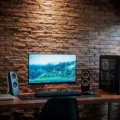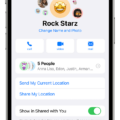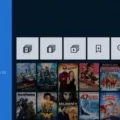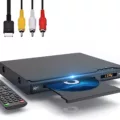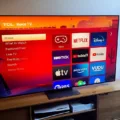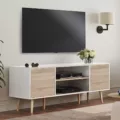A wall of TVs, also known as a video wall, is an impressive way to display content in large spaces such as corporate lobbies, conference rooms, and retail stores. It can be used to showcase product demos, company achievements, or even live events. In this article, we will guide you through the process of setting up a video wall in a few simple steps.
Step 1: Determine Your Display Dimensions
Before you start mounting screens on the wall, you need to decide on the dimensions of your video wall. Consider the size of your space, the distance between the viewers and the wall, and the resolution of your content. A good rule of thumb is to have a 16:9 aspect ratio for each screen, which is the standard for most video content. You can also choose to have a custom aspect ratio, but this may require more advanced hardware and software.
Step 2: Select How Many Screens You Would Like in Your Display and Mount Them to the Wall
Once you have determined the dimensions of your video wall, you need to decide on the number of screens you would like to use. This will depend on the size of your space and the amount of content you want to display. You can choose to have a simple 2×2 configuration, which means two rows of two screens each, or a more elaborate setup with multiple rows and columns.
When it comes to mounting screens on the wall, make sure to use a sturdy and secure bracket that can hold the weight of the TV. Most modern TVs come with VESA mounting holes on the back, which conform to the industry standard for wall brackets. You can also choose to use a modular mount system, which allows for more flexibility in the arrangement of screens.
Step 3: Connect Enplug to the Screens
Now that your screens are mounted on the wall, it’s time to connect them to the Enplug system. Enplug is a cloud-based digital signage platform that allows you to manage and schedule content across multiple screens from a single dashboard. To connect Enplug to your screens, you need to use an Enplug device, which is a small hardware unit that plugs into the HDMI port of your TV.
Once you have connected the Enplug device to your TV, you can use the Enplug dashboard to upload and schedule your content. Enplug supports a variety of media formats, including images, videos, and web pages. You can also use Enplug to display live social media feeds, news updates, and weather information.
Step 4: Consider the Cost of Setting up a Video Wall
Setting up a video wall can be a costly investment, especially if you choose to have a large and elaborate setup. The cost of each screen can range from a few hundred dollars to several thousand dollars, depending on the size and features. You also need to consider the cost of mounting hardware, cables, and installation.
For a simple 2×2 video wall, you can expect to spend around $4,800 on high-quality LCD screens. However, for a more advanced setup with touchscreen capabilities, you may need to spend up to $30,000 or more. Make sure to budget accordingly and consider the ROI of your video wall in terms of increased brand awareness, customer engagement, and revenue.
A video wall is a powerful tool for displaying content in large spaces. By following the steps outlined in this article, you can set up a video wall that showcases your brand and engages your audience. However, it’s important to remember that setting up a video wall can be a costly investment, so make sure to budget accordingly and consider the ROI of your investment.
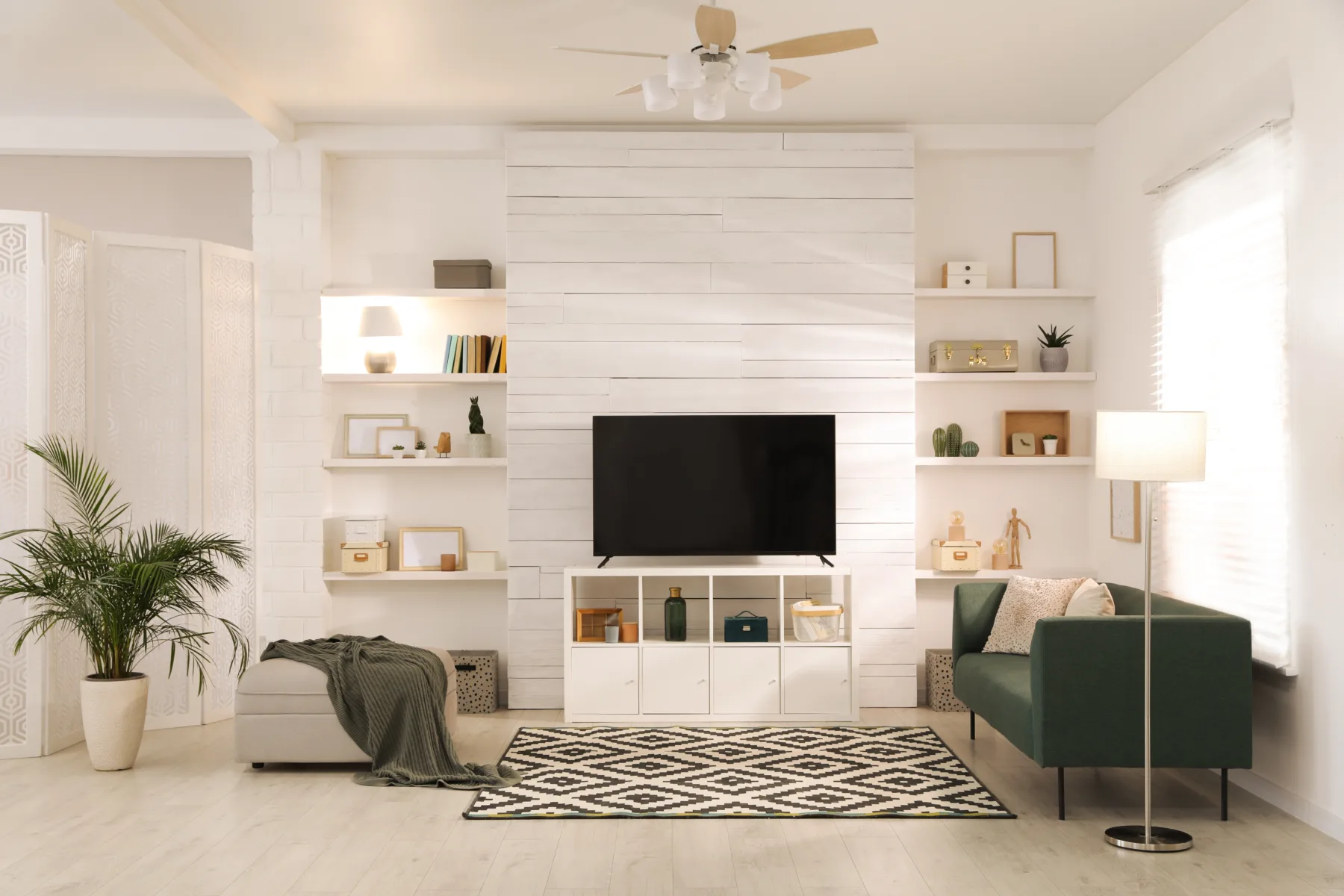
Building a Multi TV Wall
Building a multi-TV wall involves a few simple steps. The first step is to determine the display dimensions that you want. This will depend on the size of the space and the purpose of the display. Once you have determined the display dimensions, you can select the number of screens you would like in your display and mount them to the wall.
After mounting the screens to the wall, the next step is to connect Enplug to the screens. Enplug is a digital signage platform that can be used to display content on multiple screens. To connect Enplug to the screens, you will need to connect an Enplug Device to each screen via an HDMI cable.
Once the Enplug Devices are connected to the screens, you can use the Enplug software to manage and display content on the screens. You can choose from a variety of templates and layouts to create engaging and informative displays. You can also add custom content, such as images, videos, and text, to create a unique and personalized display.
Building a multi-TV wall involves determining the display dimensions, selecting the number of screens, mounting the screens to the wall, connecting Enplug to the screens, and using the Enplug software to manage and display content.
The Benefits of Installing Wall TVs
Wall TVs are often referred to as Video Walls. A Video Wall is a display made up of multiple TV screens or monitors, arranged in a tiled matrix to create a larger and more impressive display. Video Walls are commonly used in public spaces such as airports, shopping malls, stadiums, and control rooms, as well as in corporate environments for presentations and digital signage. They are also used in entertainment venues, such as concert halls and theaters, to create immersive visual experiences. Video Walls can be configured to display a single large image or multiple images, and can be used to display live video feeds, graphics, text, and other multimedia content.
Types of TVs That Can Be Wall-Mounted
Most new TVs can be mounted on a wall as they come with VESA mounting holes on the back that conform to the VESA interface standard. This makes it easy to find a wall bracket that fits the TV. Some popular models that can be wall-mounted include the Samsung QN95A Neo QLED TV, LG G1 Gallery Series, Samsung The Frame, Philips OLED 805 (UK), and Hisense A7200 Roku TV (UK). It is important to note that the size and weight of the TV should also be considered when selecting a wall mount to ensure it can support the TV securely.
The Cost of LED Video Walls
LED video walls can vary in price depending on their size, quality, and features. A basic 2×2 high-quality LCD unit can cost around $4800, while larger and more advanced setups with touchscreen capabilities can go up to $30,000. It is important to keep in mind that in addition to the cost of the video wall itself, there are also additional costs for mounting hardware and installation. Therefore, it is important to consider all of these factors when determining the overall cost of an LED video wall.
Conclusion
A wall of TVs, also known as a video wall, is an excellent way to display content in a visually appealing manner. With the availability of VESA-compatible mounting holes on most modern TVs, it’s easy to mount multiple screens to the wall and create a video wall. The cost of setting up a video wall can vary depending on the number of screens, their size, and the features required. However, even with basic LCD units, it’s possible to create a video wall for as little as $4800. a video wall is an excellent investment for businesses, events, or any organization that wants to display content in a captivating way.

